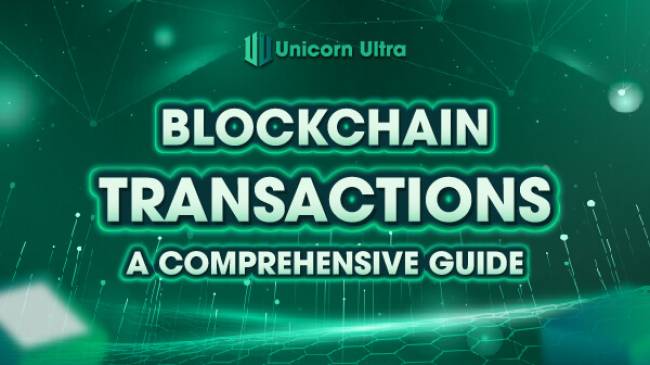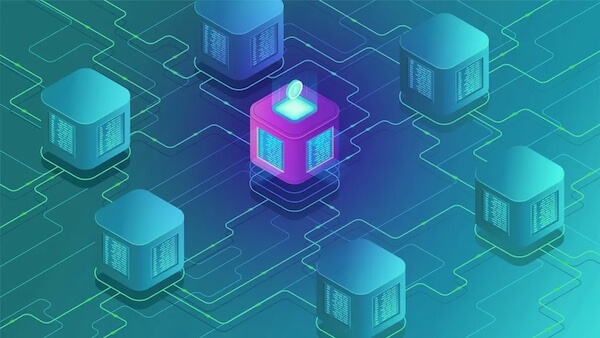Table of Contents
What is Blockchain Technology?
Blockchain technology is a cutting-edge database mechanism facilitating transparent information sharing within a business network. In a blockchain database, data is organized into interconnected blocks, forming an unbroken chain. This data remains chronologically immutable, as any attempt to delete or alter the chain requires consensus from the network.

Consequently, blockchain technology enables the creation of an unchangeable and secure ledger for monitoring orders, payments, accounts, and various transactions. The system incorporates inherent safeguards against unauthorized transaction entries, ensuring consistency in the collective perception of these transactions.
What is a Blockchain Transaction?
A blockchain transaction is the transfer of value from one network address to another. Users initiate transactions through their respective applications, which are subsequently dispatched to the blockchain. These user transactions enter a "mempool," where they join a queue of pending transactions awaiting confirmation through the mining process. Once a sufficient number of miners validate the transaction, it becomes a permanent fixture within a block, as blockchain transactions are inherently designed to be unalterable.
Each block contains a collection of transactions and adheres to specific constraints regarding time and size, determining the maximum number of transactions it can accommodate. Upon reaching the block's time limit or transaction capacity, it is appended to the blockchain, initiating the commencement of the subsequent block iteration.
Example of a Blockchain Transaction
Consider a scenario where Alice wants to send 5 Bitcoins to Bob. Instead of traditional intermediaries like banks, this transaction is verified and added to a blockchain. The transaction includes details like the sender's and receiver's wallet addresses, the amount, and a digital signature for verification.
Stages in the Blockchain Transaction Process
Initiation: Alice creates a transaction request by signing it with her private key. This signature acts as proof of ownership.
Verification: The network nodes verify Alice's signature and confirm her ownership of the Bitcoins. This process involves complex mathematical algorithms.

Inclusion in a Block: Once verified, the transaction is broadcasted to the network, awaiting inclusion in a block. Miners compete to solve cryptographic puzzles, and the first to solve adds a block of transactions to the blockchain.
Consensus: The network nodes reach a consensus on the validity of the newly added block. This agreement prevents malicious actors from altering the transaction history.
Adding to the Blockchain: Once consensus is reached, the new block is added to the blockchain. The transaction is now part of an immutable record.
Confirmation: Multiple blocks added after the current block increase the transaction's security. For instance, Bitcoin transactions are considered confirmed after several subsequent blocks.
Essentials of a Blockchain Transaction
Decentralization: Transactions occur directly between parties without the need for intermediaries, enhancing security and reducing costs.
Immutability: Once added to the blockchain, transactions are incredibly difficult to alter, ensuring a trustworthy record.

Transparency: All participants can view the transaction history, promoting trust and reducing the likelihood of fraud.
Security: Cryptographic techniques secure transactions, making them resistant to hacking and tampering.
Conclusion:
Blockchain transactions have ushered in a new era of secure and transparent digital exchanges. Understanding their intricacies, from the technology's fundamentals to the steps involved, is crucial in grasping the immense potential they offer.
As blockchain technology continues to evolve, its impact on industries and economies worldwide is bound to be transformative, reshaping the way we transact and interact in the digital age. Thank you for showing interest in following our U2U posts.






